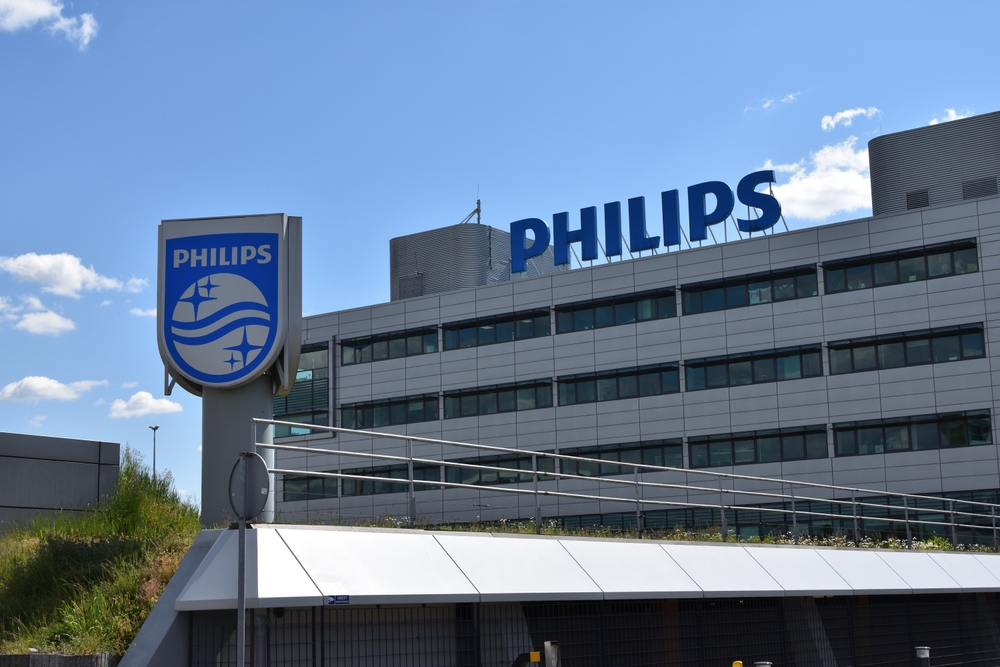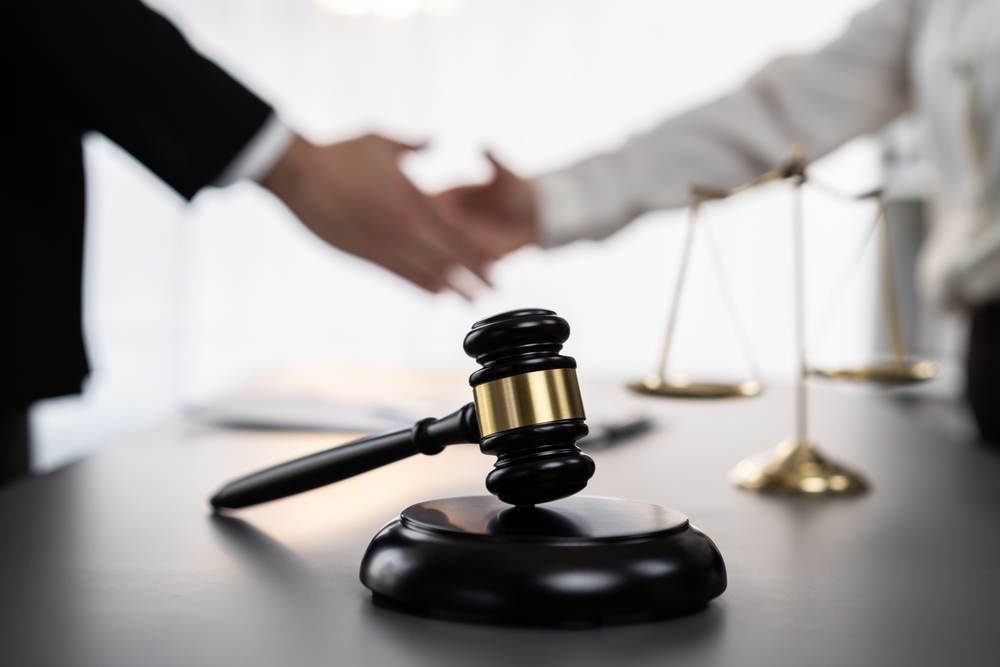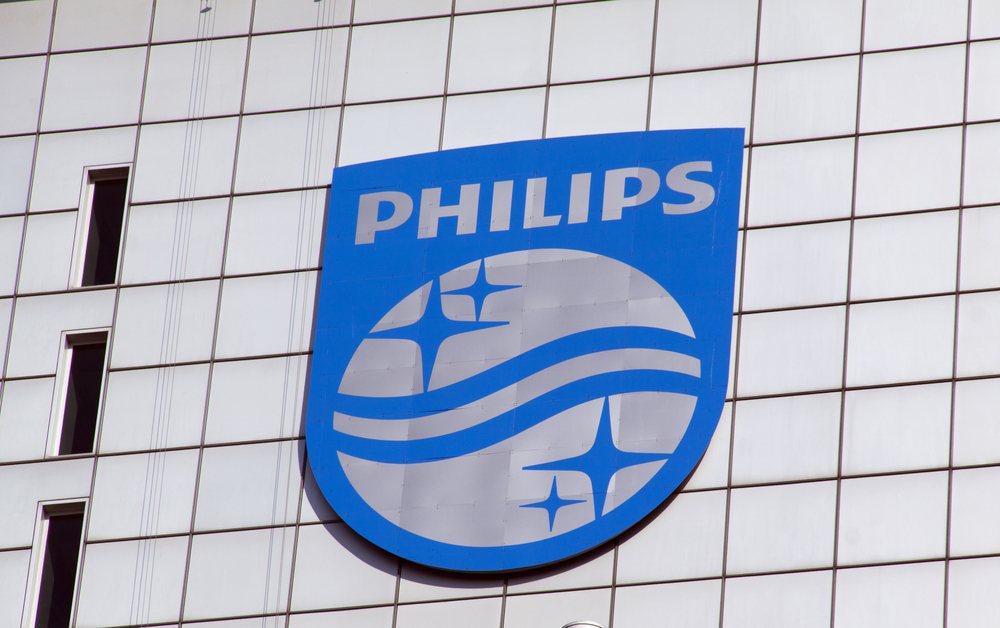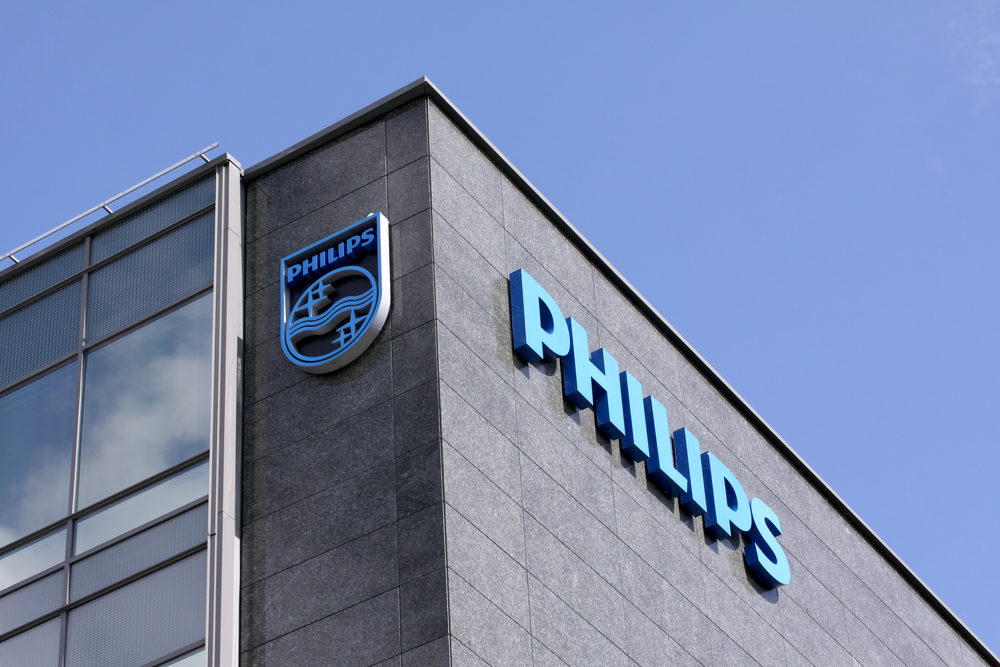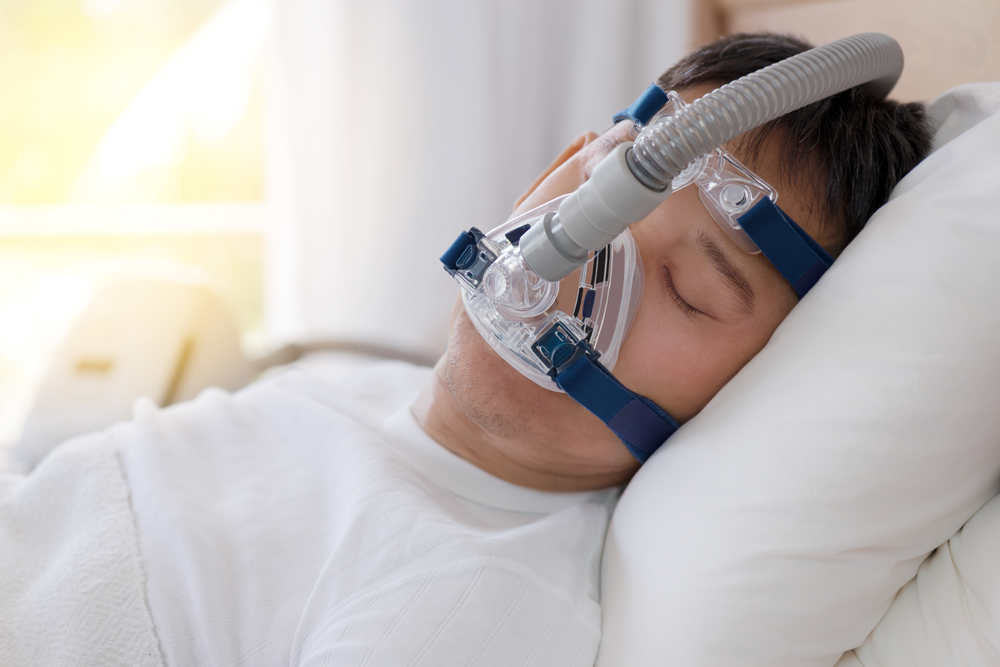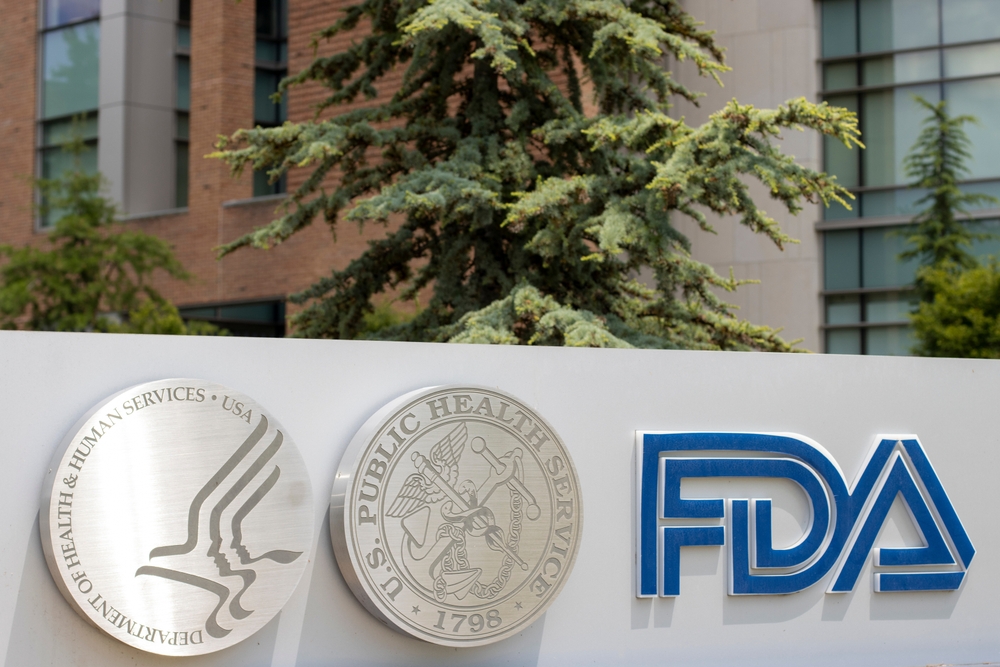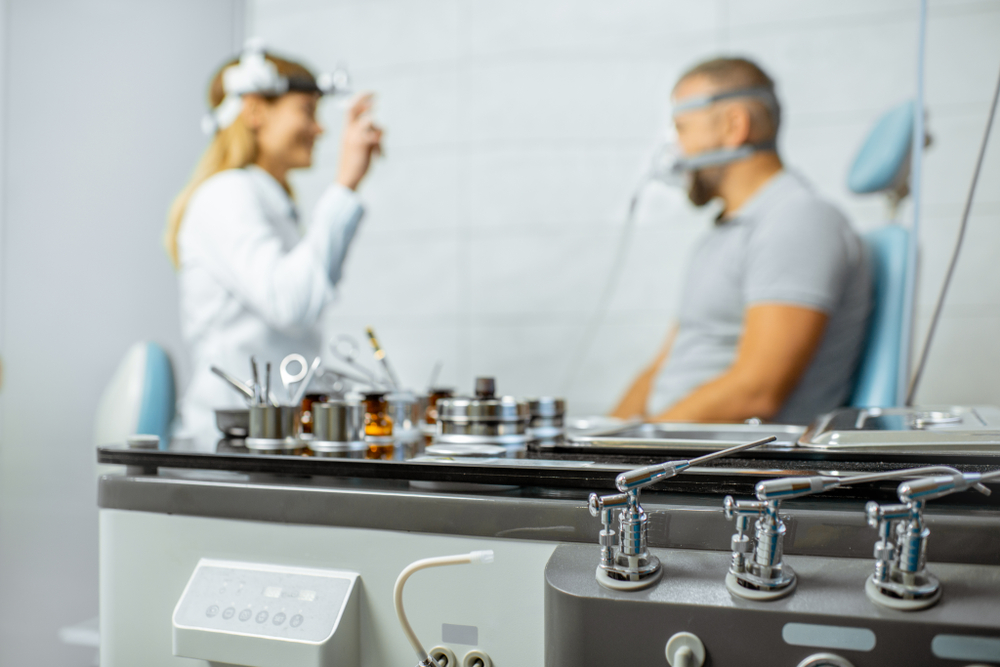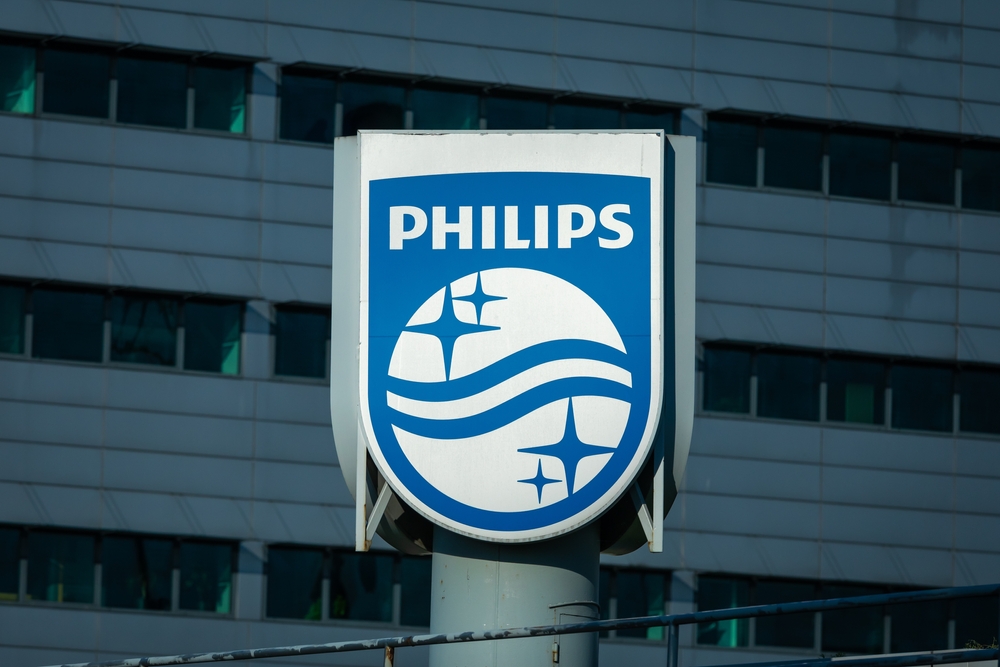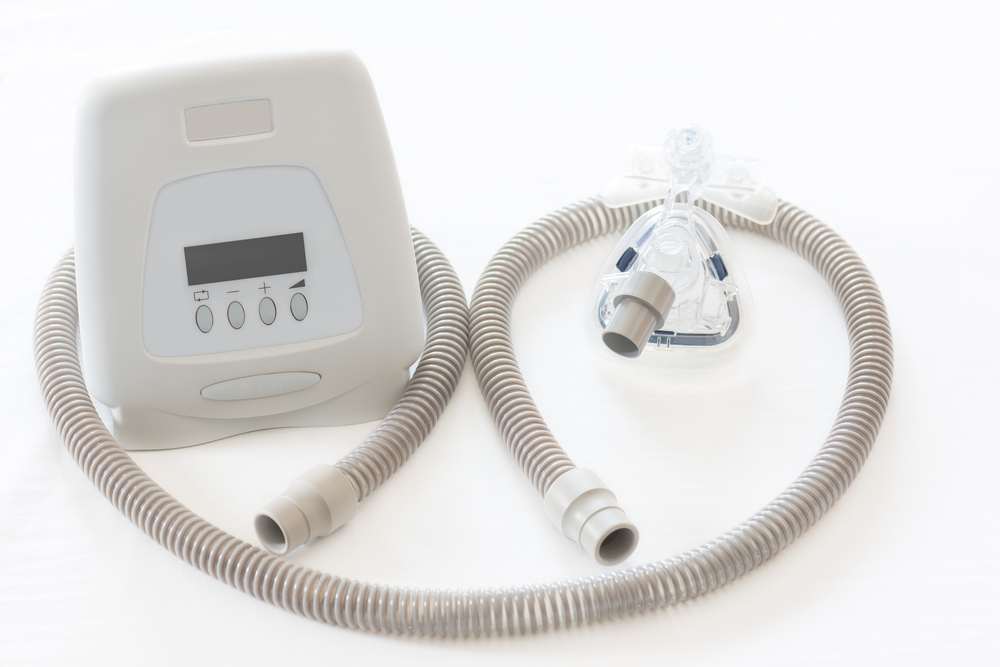Are There Sleep Apnea Treatment Alternatives After CPAP Recall Fallout?
CPAP machines can save the lives of sleep apnea sufferers, but last year’s extensive Philips Respironics CPAP recall proved that these devices come with risks. Sleep apnea is one of the most common sleep disorders, and about 22 million Americans have the condition. It’s characterized by someone stopping breathing while asleep and can be fatal if left untreated.
CPAP therapy is the most common way to treat sleep apnea. A CPAP machine consists of a mask and tube that deliver pressurized air throughout the night. It keeps upper airway passages open, which ensures breathing doesn’t stop. These devices can reduce the risk of cardiovascular disease and other heart problems, improve irritability, and provide more energy. But last year, Philips Respironics announced a massive recall, saying the polyurethane (PE-PUR) foam in machines can degrade and pose a health risk to the user.

PE-PUR foam reduces sound in CPAP machines so they aren’t distractingly noisy, but the foam can break down in humid conditions. When inhaled, these foam particles can cause airway irritation and breathing problems. Polyurethane foam has also been linked to an increased risk of certain illnesses, including kidney and prostate cancers.
Last June, Philips recalled millions of CPAP, BiPAP, and ventilators in a Class I recall, which is the most serious type. FDA Class I recalls are reserved for products in which there’s a reasonable probability that exposure could cause severe injury or death. The FDA suspects 124 deaths are linked to faulty devices.
Though the risks are apparent, some sleep apnea patients decided to keep using the recalled CPAP machines. Philips promised free repairs and replacements for affected consumers, but the program rollout took months. In the interim, those desperate for relief from sleep apnea who couldn’t afford to pay out-of-pocket for CPAP machines were left with few options.
Doctors often recommend breathing masks because of their effectiveness, but they aren’t the only way to treat sleep apnea. In the wake of the Philips recall, people with sleep apnea concerned about CPAP use should know other treatment options available.
Alternative Sleep Apnea Treatments
A Promising Medication
Sultiame, a drug used to treat epilepsy, has shown promise in treating sleep apnea. Researchers found that over a third of obstructive sleep apnea patients saw breathing interruptions reduced by 50 percent in a clinical trial. People with sleep apnea are more likely to be sensitive to changes in carbon dioxide and oxygen levels, which could cause breathing pauses. Sultiame helps stabilize the system.
The drug’s side effects were mild, and patients reported headaches, pins-and-needles sensations, and shortness of breath. Doctors caution that it’s too early to know whether sultiame is a suitable replacement for a CPAP machine or if it would need to be used in conjunction with breathing therapy. Still, it’s the most promising prescription option so far. The next phase of clinical trials is scheduled for late 2022 or early 2023 and will include 400 patients.
Surgery
Surgery can also alleviate sleep apnea. Patients have several options to consider, including procedures to clear the nasal passages and tonsil removal because swollen tonsils can worsen airway problems. A doctor may also recommend consulting an otolaryngologist to discuss uvulopalatopharyngoplasty. A surgeon removes part of the palate, the tonsils, and the uvula during this surgery. It’s a standard sleep apnea surgery, although healing can take two months.
Lifestyle Changes
While there’s no cure for sleep apnea, simple lifestyle changes can significantly improve symptoms. Weight loss is one way to reduce the amount of sleep apnea episodes. About 70% of sleep apnea patients are obese, and it is correlated with a higher risk of the condition because of fat deposits near the airways. Stopping smoking and cutting back on alcohol consumption can also help reduce breathing interruptions. Physical exercise has also been shown to lessen sleep apnea side effects. These lifestyle adjustments can improve symptoms enough that CPAP machines are no longer needed.
People with sleep apnea should know that CPAP machines are far from the only way to treat their disorder. Patients wary of using CPAP because of the injuries and deaths associated with the Philips machines should consult their doctors to ask about alternative treatment options that may be a better fit.








